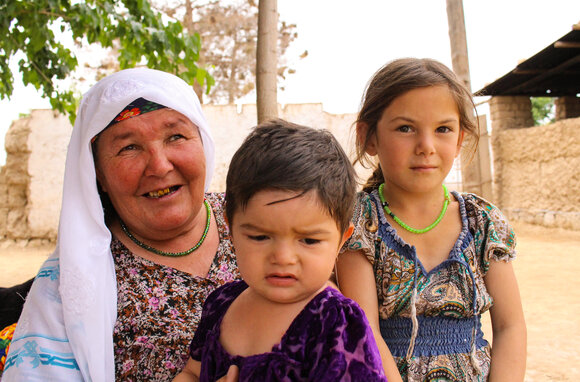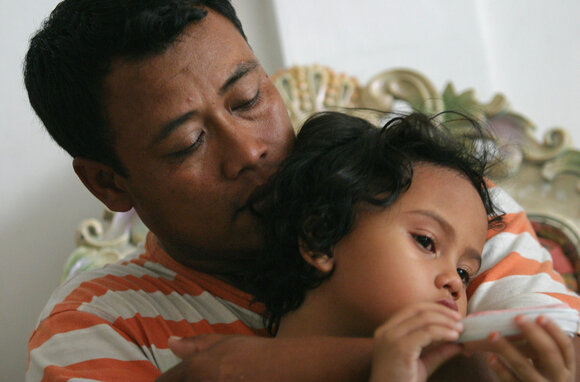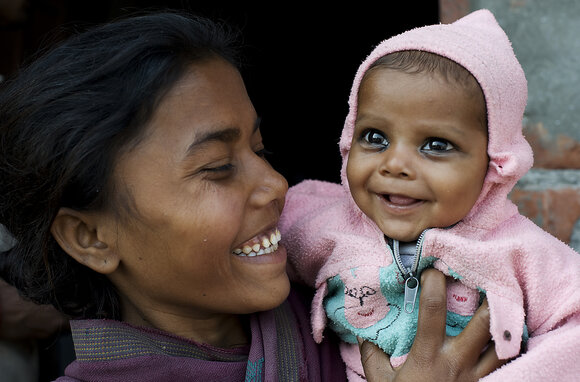
This page contains documents and other resources related to children's care in Asia. Browse resources by region, country, or category.
This page contains documents and other resources related to children's care in Asia. Browse resources by region, country, or category.




Displaying 711 - 720 of 1940
This paper explores the impact of international migration on school enrollment of children staying behind in Tajikistan, by using data from a large nationally representative household survey. The results show that migration of household members reduces the probability of enrolling in school by 10 percentage points for children who belong to households with migrants. The effect of parental migration is much larger than that of migration of other household members. Receiving remittances reduces the adverse impact of migration by only 1‒3 percentage points.
The purpose of this study is to confirm whether the effectiveness of the program is sustainable 9 months after project completion for the children and adolescents participating in a childcare and rehabilitation support project.
This country care review includes the care-related Concluding Observations adopted by the Committee on the Rights of the Child.
The Chinese government is increasing its financial support to vulnerable children, particularly orphans, left-behind children, and children living in poverty, according to this article from Xinhua Net.
"As many as 880 children, including 249 girls, were rescued from 64 child care homes operating in various districts, without meeting minimum standards prescribed by the existing law," according to this article from the Himalayan Times.
The purpose of this formative research is to inform the social and behaviour change communication and community capacity strengthening strategy for Better Beginnings.
"Unlike most developed countries, which place the majority of children who are abused, neglected, or can’t live with their parents for other reasons in foster homes, Japan puts more than 80% of the 38,000 such children in residential-care facilities, according to government figures," says this article from Reuters.
The objective of this assignment is to support capacity building of care givers providing training package and conducting training program on “Development, implementation and monitoring of Individual Development Plans (IDP) for children”.
This scoping review was undertaken to map survey methodologies for violence against children (VAC) measurement in Indonesia and other Southeast Asian countries and to identify key considerations for developing both methodologically sound and culturally appropriate VAC surveys in Indonesia and similar contexts.
An inquiry by police in the Indian state of Namakkal into an audio recording of a conversation on procuring babies for illegal adoption, "which sounded like one between a prospective buyer and a broker, uncovered a network involved in the sale of 30 newborns – 24 of them female -- from various parts of the State," says this article from the Hindu.